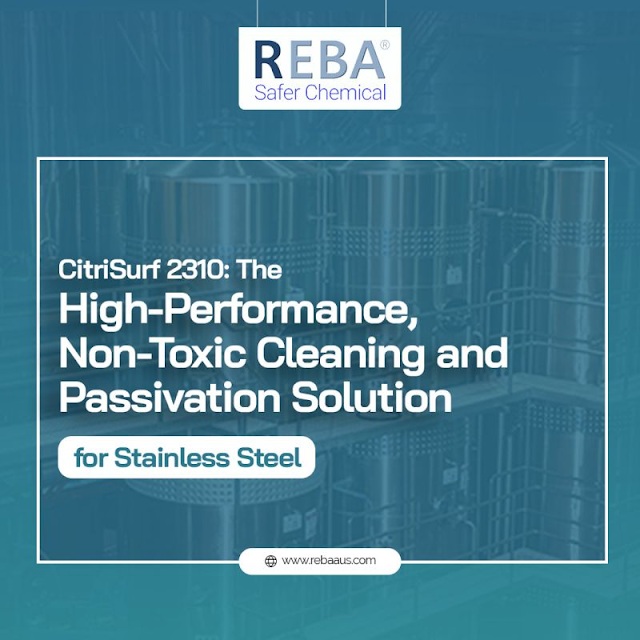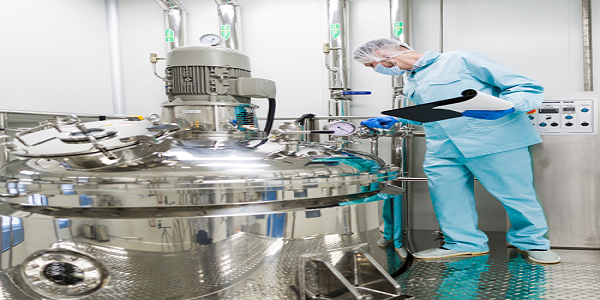Preserving the Shine: Understanding the Stainless Steel Passivation Process and Defeating Rust
Stainless steel is celebrated for its durability and resistance to deterioration, making it a leading choice for numerous applications, from kitchen area home appliances to industrial machinery. However, even stainless steel can fall victim to corrosion gradually if not appropriately preserved. To safeguard your stainless steel, it's critical to comprehend the stainless steel passivation process and how it can properly combat the hazard of corrosion.
Corrosion on Stainless-steel:
Rust, or corrosion, is the arch-nemesis of stainless-steel. It's a reddish-brown material that forms when iron, which exists in small quantities in stainless-steel alloys, responds with oxygen and moisture in the setting. When corrosion takes hold, it can compromise the appearance, stamina, and honesty of stainless steel, possibly causing expensive repair work or replacements.
The Stainless Steel Passivation:
Passivation is the essential to stop rust and preserving the excellent look of stainless-steel. This process involves getting rid of any type of pollutants, free iron, or pollutants from the surface area of the stainless-steel. Here's a detailed malfunction of the passivation procedure:
1. Cleaning: The first step is extensive cleansing to get rid of dirt, grease, and various other surface area contaminants. This can be performed with alkaline cleansers or specialized cleaning agents.
2. Rinse: After cleaning, the stainless-steel is rinsed to get rid of any remaining cleaner and pollutants.
3. Acid Bath: The stainless steel is immersed in an acid bath, usually a nitric acid solution. This acid eliminates any kind of complimentary iron and produces a passive, corrosion-resistant oxide layer on the surface.
4. Rinse Again: After the acid bath, an additional rinse is performed to guarantee that no residual acid stays on the stainless steel.
5. Drying out: The passivated stainless steel is after that dried thoroughly to avoid any type of moisture from causing rust on stainless steel.
6. Inspection: Ultimately, the passivated stainless steel undertakes inspection to make sure that the procedure was successful which the surface is without impurities and free iron.
By undergoing the stainless-steel passivation process, you can properly boost the rust resistance of rust, ensuring its long life and maintaining its aesthetic charm. This process is particularly vital in industries where stainless-steel is revealed to harsh atmospheres or where hygiene standards are important, such as food handling, drugs, and aerospace.
Recognizing the stainless steel passivation process is important for avoiding corrosion and maintaining the integrity of stainless-steel items. By complying with these steps, you can make certain that your stainless steel continues to be not only rust-free yet also sturdy and aesthetically appealing for many years ahead.




Comments
Post a Comment